Zinnia experimental plants growing aboard the International Space Station (ISS) have staged a dramatic New Year’s comeback from a potential near death experience over the Christmas holidays, when traces of mold were discovered.
And it’s all thanks to the experienced green thumb of Space Station Commander Scott Kelly, channeling his “inner Mark Watney!”
After suffering from a serious case of space blight on the space station, the ‘Space Zinnias’ growing inside the orbiting outposts Veggie facility are now on the comeback trail from space based trials and tribulations.
“Some of my space flowers are on the rebound!” tweeted NASA astronaut Scott Kelly, in an ISS Weekend Update to space enthusiasts and horticulturalists worldwide.
“No longer looking sad!”
Earlier this year, the ISS crew had already proven they could successfully grow, cultivate and eat space grown romaine lettuce they gleefully harvested from Veggie – as reported here.
“It was one small bite for man, one giant leap for #NASAVEGGIE and our #JourneytoMars. #YearInSpace,” tweeted Kelly back in August 2015.
Kelly, along with newly arrived British astronaut Tim Peake, had started growing the Zinnia flowers in December in the Veggie experimental facility as part of the Veg-01 investigation during the ISS Expedition 46 increment.
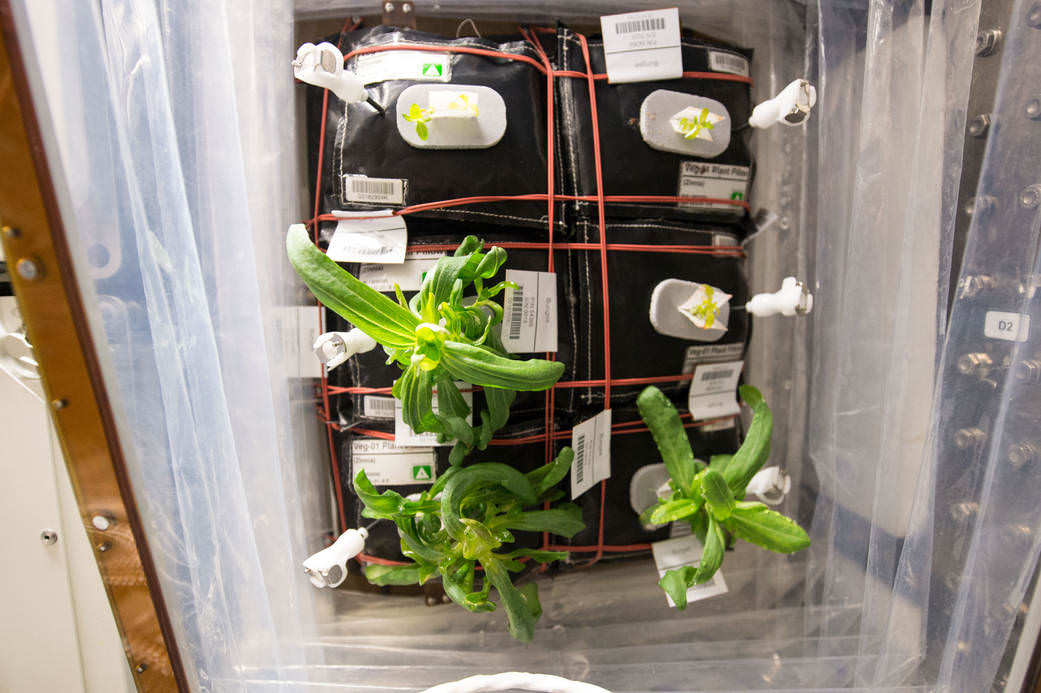
Veggie is comprised of “pillows” holding the Zinnia flower seedlings that provide nutrients to the root system inside an experimental low-cost growth chamber that provides red, green and blue LED lighting for the plants.
The purpose is to grow plants in the growth chamber in space and compare their progress to plants grown on Earth as “ground truth” counterparts.
At first the space station Zinnias made great progress, sprouting healthily into larger plants with bigger leaves than those growing on Earth.
“These plants appear larger than their ground-based counterparts and scientists expect buds to form on the larger plants soon,” researchers reported in mid-December 2015.
But over the Christmas holidays, Kelly discovered the mold infestation and shared his photo below of the dire looking Zinnia plants.
“Our plants aren’t looking too good. Would be a problem on Mars,” tweeted Kelly.
“I’m going to have to channel my inner Mark Watney.”
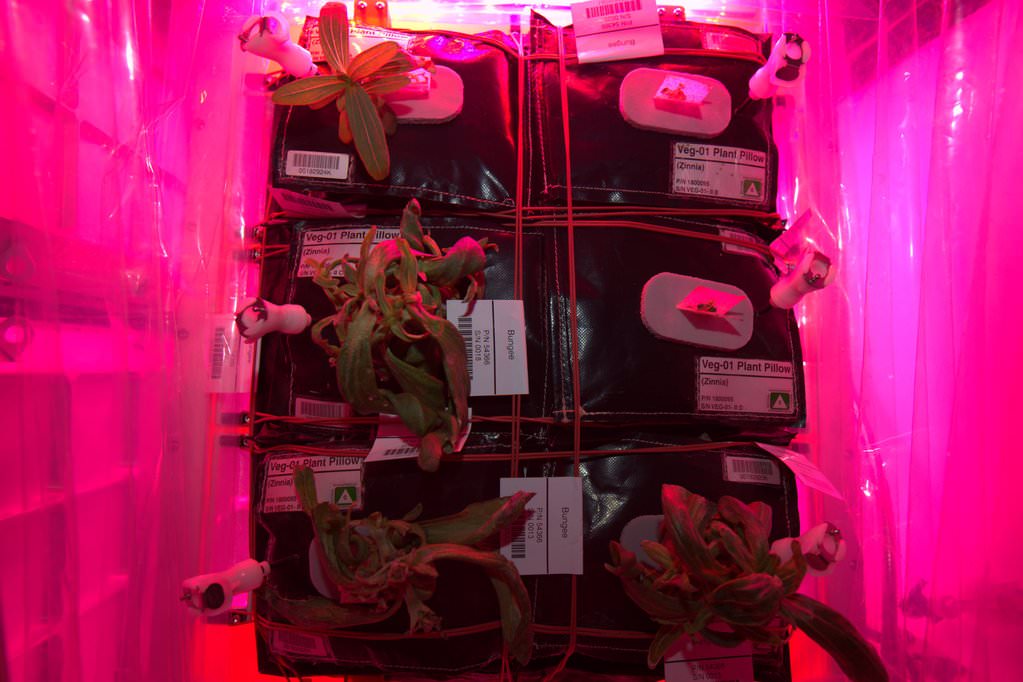
Kelly is now on the home stretch of his “1-Year-Long” mission aboard the ISS aimed at paving the way for multi-year astronaut expeditions to the Red Planet.
In essence Kelly’s efforts are directly contributing towards turning the realistic science fiction exploits of NASA astronaut Mark Watney in “The Martian” – played by Matt Damon – into science fact for NASA’s future astronauts on a “Journey to Mars.”
Learning to grow edible food is a key task that future astronauts will have to master to enable voyages to the Red Planet and back.
After assessing the “sad” situation, Mission Control in Houston asked Kelly to take action by collecting some samples for later analysis on Earth and, more urgently, increasing the Veggie facilities fan speed to cut down on the high humidity that’s likely the “root cause” of the mold infestation.
“The experiment (Veg-01) team has been monitoring signs of high humidity within the Veggie compartment, and had planned to turn up the interior fan to dry out the environment. The larger plant leaves had become wet due to the formation of droplets – known as guttation – and as a result, created conditions for mold growth,” NASA reported.
So, Kelly trimmed and dried the leaves after Christmas. He double bagged the leaf samples and stored them into the stations ultra low temperature freezer, named MELFI (Minus Eighty Degree Celsius Laboratory Freezer for ISS). They will be returned to Earth later this year aboard a SpaceX cargo Dragon for eventual analysis by researchers.
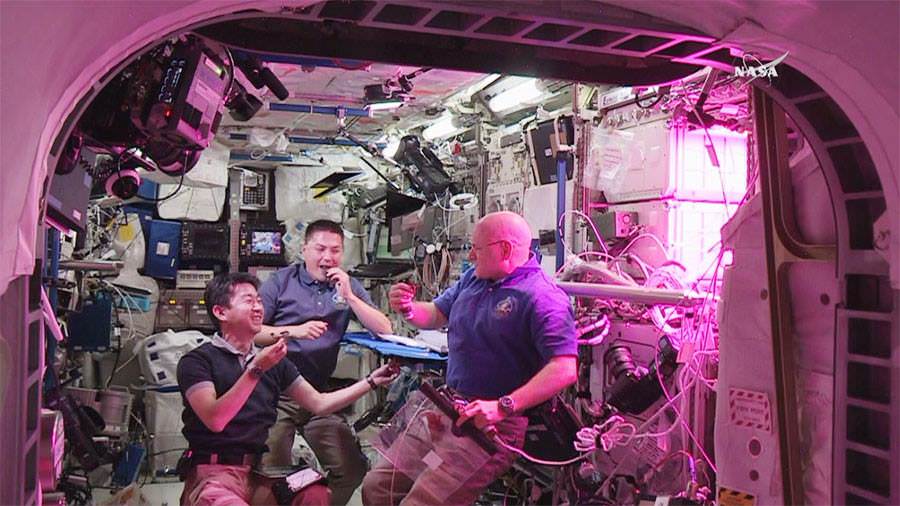
Tomato plants will be grown inside Veggie at a future date.
“Understanding how flowering plants grow in microgravity can be applied to growing other edible flowering plants, such as tomatoes,” says NASA.
The “Veggie” plant growth system is housed inside the European Space Agency’s Columbus laboratory located at the end of the US section of the ISS.
Veggie-01 was delivered to the ISS by the SpaceX-3 Dragon cargo resupply mission launched in April 2014, carrying the pillow sets containing the romaine lettuce and zinnia seeds.
“Dream Big!” Kelly tweeted on Saturday, Jan. 9, 2015 along with the photo of Earth below – from his out of the world perch aboard the ISS while pondering ‘Missions to Mars.’
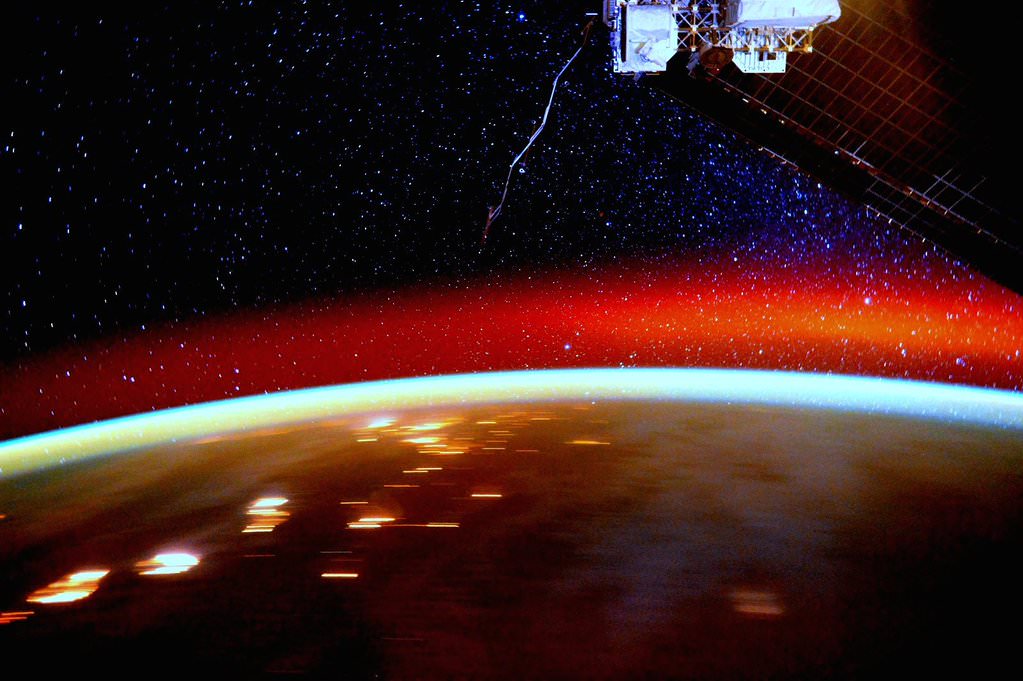
Stay tuned here for Ken’s continuing Earth and planetary science and human spaceflight news.
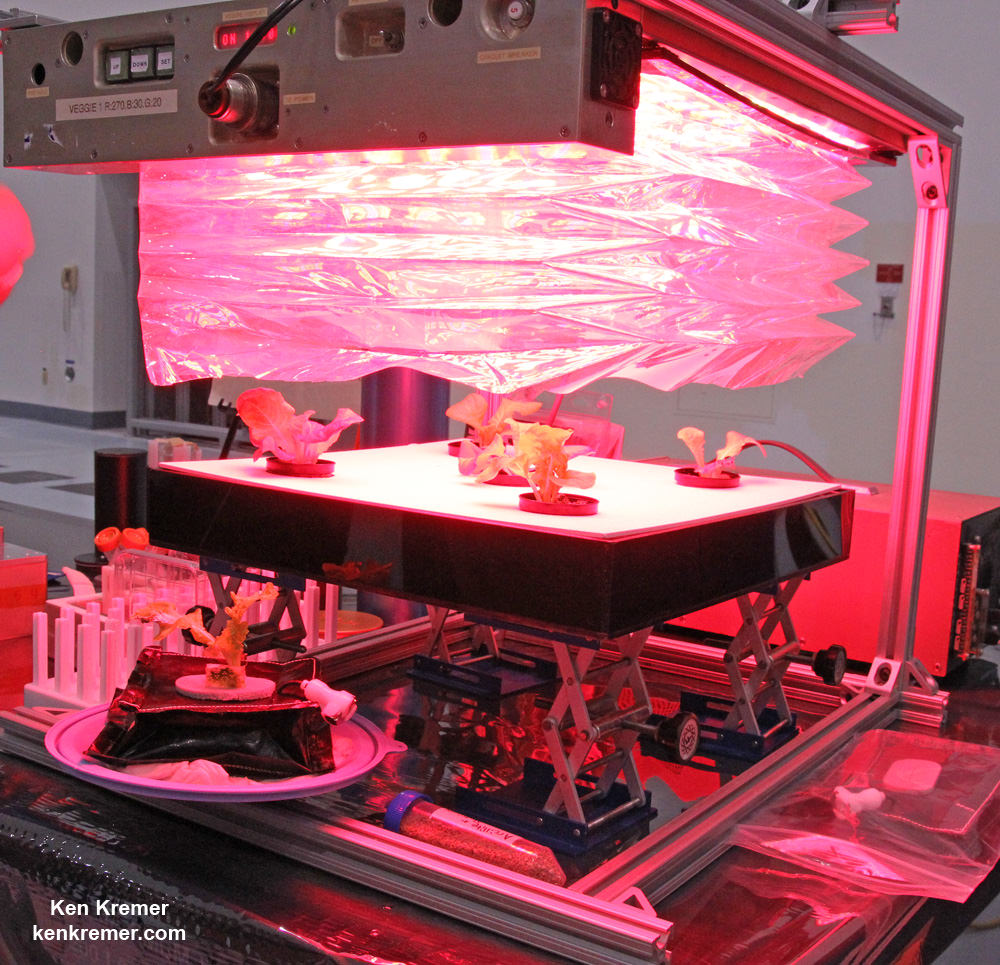


Thanks for this. It’s interesting to get news about all the little steps that we need to take along the way to a big step of inhabiting other moons/planets.
Please tell me these will be pollinated by super cute mini drones.